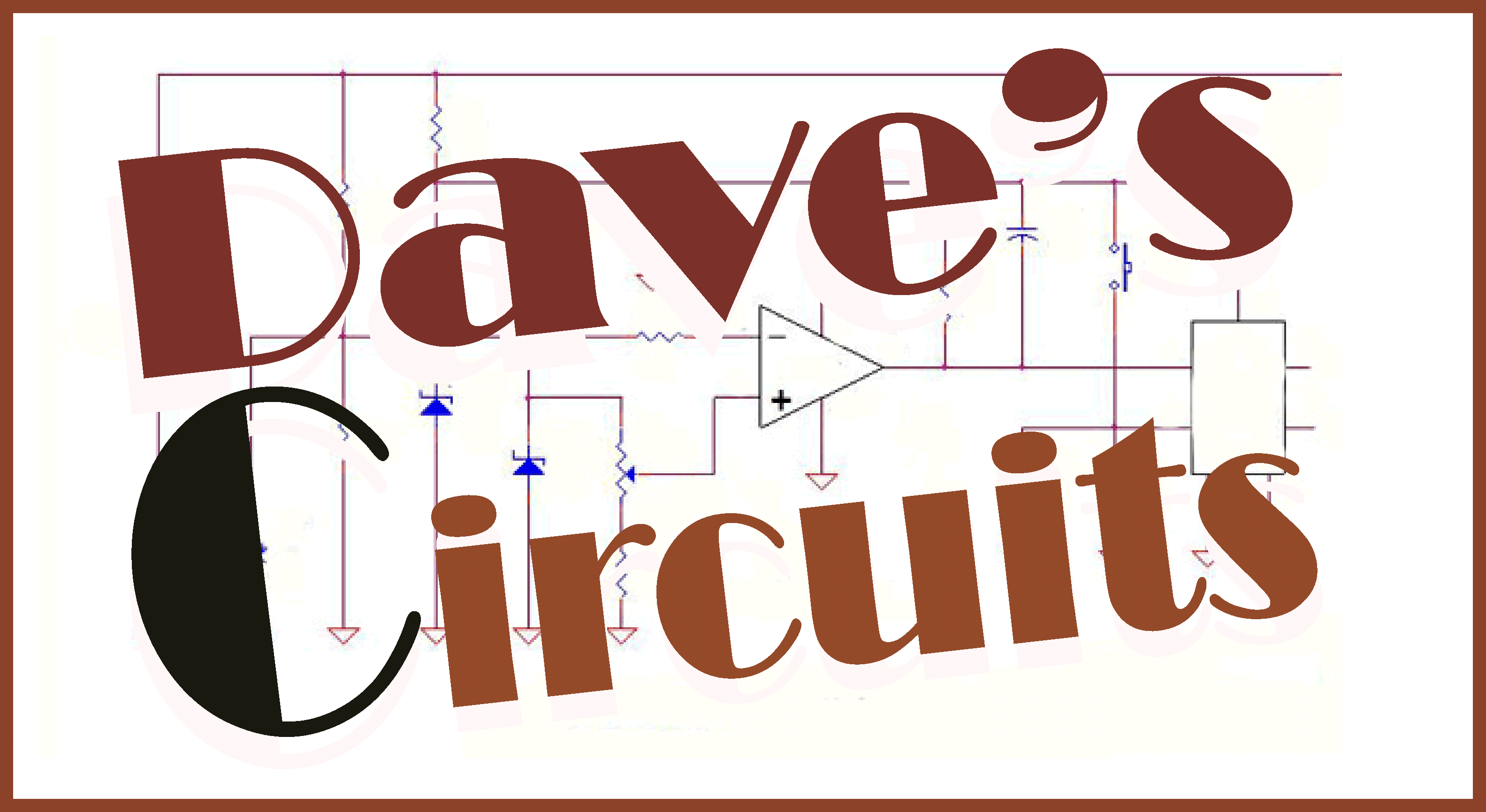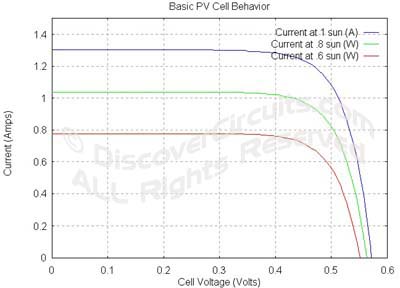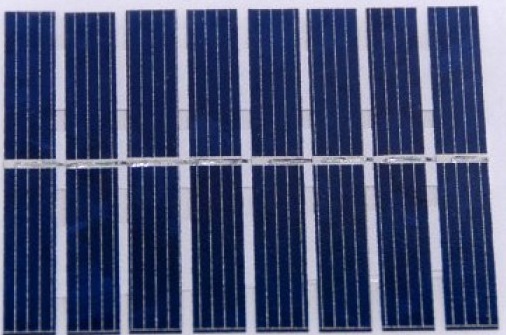|
 |
Circuits designed by David Johnson,
P.E.
Last Updated on:
Monday, December 25, 2017 02:06 PM
List of Dave's Circuit Designs
The contents & graphics of
Discovercircuits.com are copyright protected.
LINKING to Dave's circuits is permitted but DO NOT COPY any files to your WEB SITE
server |
|
|
|
|
More
Solar Cells;
Lithium Ion Battery Chargers |
|
Eight Solar Cell
Lithium Ion Battery Charger
May 21, 2013 |
|
Eight Solar Cell Lithium Ion Battery Charger
A single lithium ion
battery cell needs 4.2v from a current source to insure it is fully charged. A
solar panel with just enough individual cells wired in series to produce the needed
voltage would be more efficient than one with more cells for a given surface area.
If you divide 4.2 by eight you come up with a figure of 0.525 volts.
|
|
|
| That means if an
8 cell solar panel were used, each cell would need to produce 0.525 volts to insure
it could charge a lithium ion battery. As the curve below indicates, a typical
solar cell does indeed produce such a voltage and could be used to charge the
battery but only if the charge circuit had a very low voltage drop to maintain the
4.2v.
Note that at one full
standard sun intensity, only about 70% of the peak current is available at the
needed 0.525 volt point. However, as a lithium ion battery reaches the target
4.2 volts, the charge current naturally tapers off, so this reduction in current may
not translate into much of a reduction in overall efficiency. |

|
| An
ideal charger circuit would limit the charging battery voltage to 4.2v but also have
a very low voltage drop, when delivering current to the battery. Also, during
night time, when the solar panel is not producing any current, the circuit would
need to block current from flowing back into the solar panel from the battery.
These two needs often conflict with each other. The circuit below supplies
both needs. A photodiode is used to detect daylight conditions and switches
off the charge circuit at night. Two p-channel FETs form a series pass element to
regulate the voltage and blocks leakage current when turned off. With the
components shown, the voltage drop is just 0.02v at 250ma of current. Larger
solar panels are also possible. Two 2v 400ma panels as shown below can be
wired in series. Such panels should be able to harvest enough to fully charge a 2.5
Amp hour cell in one sunlit day. Larger 5 Amp hour cells are also available.
|
 |
 |
| 8
Cell 250ma Solar Panel |
2.2 Amp-hour Lithium Ion Battery |
| |
|
 |
 |
|
2v 400ma-hour Solar Panel |
4.9 Amp-hour Lithium Ion Battery |
|
|
|
Click
on Drawing Below to view PDF version of Schematic |
|
 |
|
|
|
|
|
|